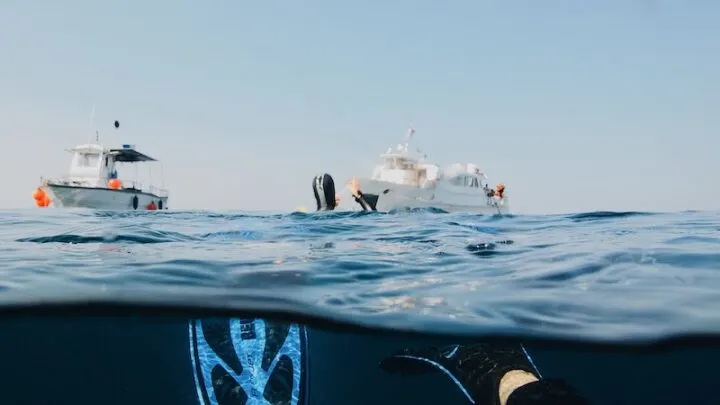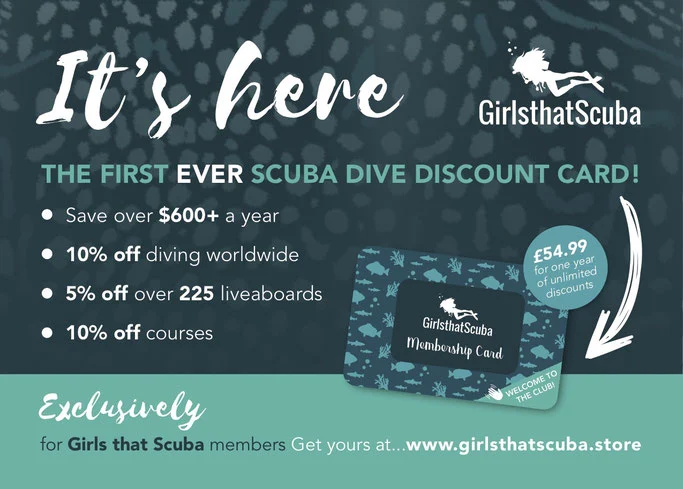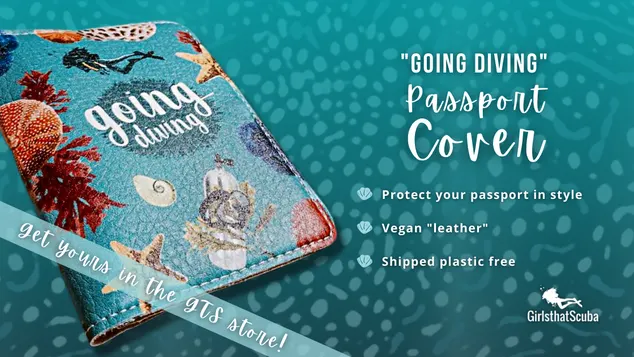How does unlimited shore diving, colourful reefs, plentiful reef fish and diving alongside gorgeous eagle rays sound? If that gets you excited, then scuba diving in Bonaire may be for you. We’re here to tell you everything you need to know about scuba diving on beautiful Bonaire in the Dutch Caribbean; what you can expect to see, how to get there, which dive sites to visit, where to stay, and what to pack for your shore diving adventure. Read on to become the expert on all-things-Bonaire!
Bonaire: The Basics
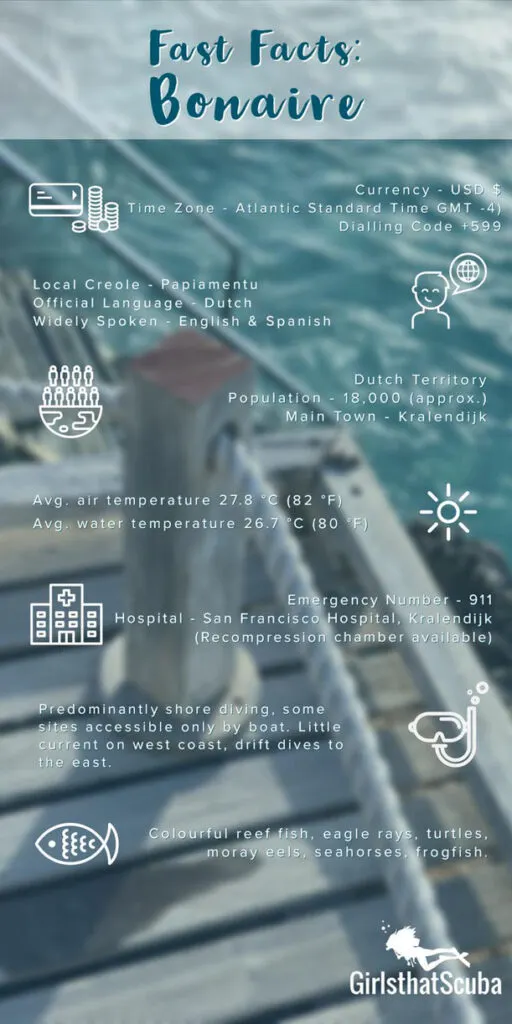
Located 50 miles north of the Venezuelan coast, Bonaire is part of the Dutch Caribbean. Often referred to as the “shore diving capital of the world”, much of the island’s best scuba diving is easily accessible by shore, with some sites around nearby Klein Bonaire reachable by boat. It is surrounded by a healthy fringing reef, and unlike other Caribbean destinations it sits outside of the hurricane belt, making it a perfect year-round dive destination.
April to November is generally dry, whilst December to March is the slightly “lower” season due to a small amount of rainfall. This is unlikely to affect your trip; it’s usually minimal showers throughout the day and rarely affects the visibility underwater, which averages annually at around 25m. However, if travelling at this time you’ll want to remember to pack your (reef safe) mosquito repellent.
In order to preserve the natural beauty of the surrounding reefs, one hundred percent of Bonaire and Klein Bonaire’s waters are protected by the Bonaire National Marine Park. The island is also on a path towards becoming entirely carbon neutral by prioritising renewable and efficient energy practices and championing reforestation. This makes it a fantastic destination for the eco-conscious divers amongst us.
How to get to Bonaire
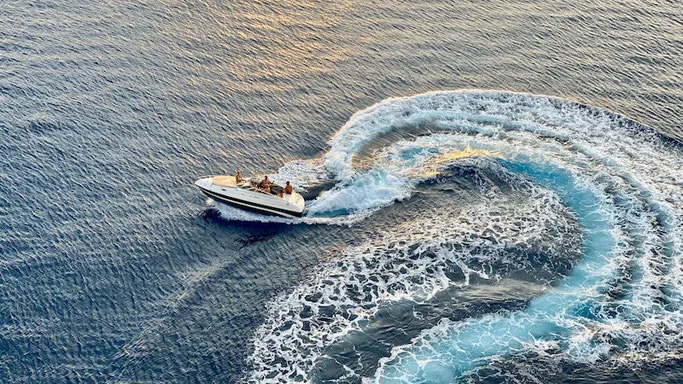
Bonaire is extremely well connected by air and therefore easily accessible from North America, Europe, and other destinations within the Caribbean. Flamingo International Airport (yes, it’s painted as pink as the name suggests!) is located near to the main town of Kralendijk with road connections to the rest of the island.
There are direct flights from many North American locations, including Newark New Jersey, Toronto Canada, Atlanta Georgia, Miami Florida, and Houston Texas. From Europe, fly via Amsterdam. If you’re looking to do some island hopping, Aruba and Curacao are a short flight away. For cruise fans, Bonaire is often featured on Caribbean cruise itineraries but is otherwise difficult to reach by boat.
What can I see while diving in Bonaire?
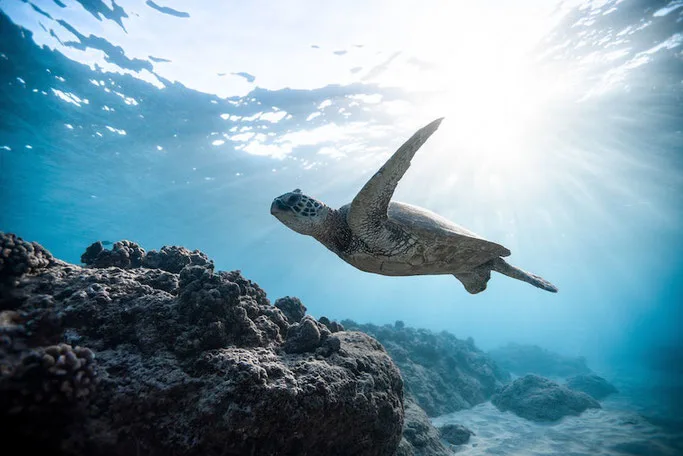
If we haven’t sold you enough on the island itself, the variety of underwater life will have you booking a plane ticket faster than you can say “seahorse”. The sprawling coral reefs are teeming with colourful reef fish; countless varieties of angelfish, butterflyfish, parrotfish and wrasse can be found on every dive.
For the eagle-eyed divers amongst you there’s camouflaged creatures abound in the form of scorpionfish, flounders and frogfish, with varieties of moray eels and spiny lobsters inhabiting the coral crevices. There is a healthy juvenile population of green and hawksbill turtles taking shelter in the shallow reefs, and during nesting season (May-August) you may even be fortunate enough to spot a large adult loggerhead turtle.
Eagle rays are commonly spotted (if you’ll excuse the pun) gliding around the island, as well as sizeable metallic silver tarpons and southern stingrays. If you’re extremely lucky you may spot a dolphin, manta ray or even a whaleshark – however, sightings of these gentle giants are very rare.
Shore diving paradise
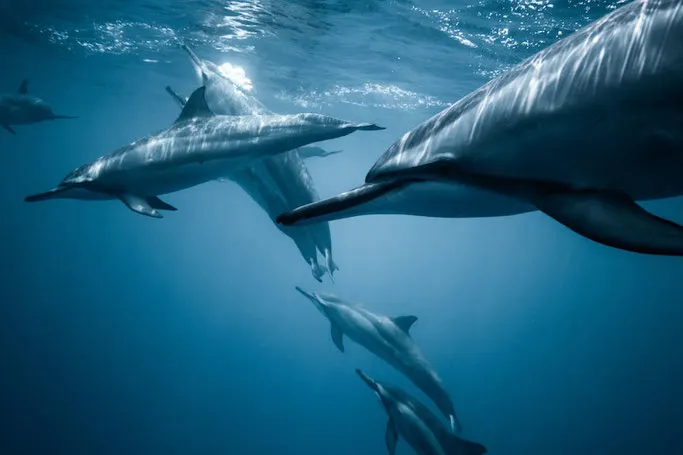
Part of what draws so many scuba divers to Bonaire is the ease and independence associated with shore diving. Most divers will rent a flat-bed truck, load up their scuba cylinders, drive to their chosen shore dive spots (there are more than 80 official sites around the island clearly marked with yellow painted rocks), and dive independently with their buddy. Unbound by a dive shop or liveaboard’s schedule, you can dive as many times a day as you choose and take as long (or short!) a surface interval as you’d like.
In order to rent your tanks you must pay a $45 Marine Park Fee (a $25 fee is applicable to non-divers taking part in any water-based activities such as snorkelling or windsurfing) and complete a marine park orientation. Reputable dive operations will include a check-out dive to oversee your buoyancy, preventing damage to the reef and ensuring you are diving safely.
Safety in Skills
Make sure you’re confident in your dive skills ahead of diving independently; whilst most of Bonaire’s diving is on relatively easy shallow reefs with little current, remember to always dive within your limits and comfort level. If you haven’t dived for a while it will definitely be worth taking a refresher course with an instructor, or perhaps consider taking an Advanced Open Water or even a Rescue Course in order to feel more confident whilst diving without a dedicated guide.
Guides and Boat Dives
If you would prefer a guide to assist you on dives and show you where the best creatures are hiding, you can expect to pay $45-60 per person per dive, dependent on the distance travelled to the dive site. If shore entries and exits aren’t your thing, there are also plenty of options for boat diving. The sites surrounding neighbouring Klein Bonaire can often be less busy with divers and are reached only by boat, whilst you can avoid the more challenging shore entries of popular sites 1000 Steps and the Hilma Hooker (the island’s only wreck dive) by diving them by boat. A two-tank boat trip, usually with the option of requesting a guide, will set you back around $100 per person.
Which sites should I dive in Bonaire?
With over 80 officially marked shore dives, and many more unmarked dive spots and boat dives available, it can be overwhelming deciding which spots to visit. Here are some of the highlights as chosen by the GTS community in our wonderful Facebook group.
Alice in Wonderland
Alice in Wonderland is a sprawling double reef system inhabited by varied corals and marine life. Keep your eyes peeled for giant green moray eels and perhaps a turtle or two on the shallower shelf of the reef starting from 8m. More experienced divers will want to adventure to the second part of the reef, but be sure to carry a compass to navigate out to it and watch your depth between the two reefs.
1000 Steps
The name is something of a misnomer – there are actually around 64 steps to this site as opposed to the 1000 you might mentally prepare for. However many steps it might be, it’s most definitely worth the climb! Schools of snappers inhabit the shallower reef, and if you pay attention to the blue near the drop off you might be lucky to see something bigger cruising by.
Hilma Hooker
As Bonaire’s only wreck dive, the Hilma Hooker is not to be missed. Lying on her side, the deepest point of the wreck sits at 34m and you will likely spot barracuda and tarpons around the structure. Head there early to avoid the crowds; boat dives will start arriving to the site by around 8.30am.
Salt Pier
The underwater structures of the pier make this a photographer’s playground. Countless schools of fish swarm around the posts, and fascinating macro such as frogfish can be found in and around the corals. Salt Pier is also a perfect spot for a night dive; time your trip to around 3-5 days after a full moon and you may even be lucky enough to catch a mesmerising underwater light show courtesy of bioluminescent ostracods.
Other GTS favourite sites not to be missed include Oil Slick, Rappel and Something Special.
Who should I dive with, and how much will it cost?
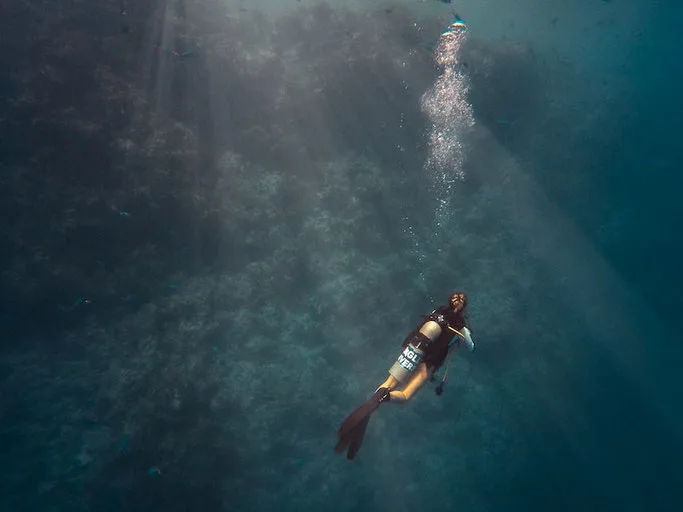
Much like the choice of dive sites, you’re spoiled for choice when it comes to dive shops on Bonaire – but there are no liveaboards on Bonaire. For the simplicity of having everything on your dive doorstep, consider staying and diving at Buddy Dive. The GTS community also recommends VIP Diving, Dive Friends and Divi Dive. If you’re looking for á-la-carte boat diving with small groups, check out Sea Donkey (and be sure to pick up a Girls that Scuba membership card to get an exclusive discount when diving with them).
One of the huge draws to diving in Bonaire is the relatively low cost per dive, depending on how you choose to dive. Most people will choose an unlimited tank package for a select number of days; for a 6 day unlimited tank package you can expect to pay between $180-200 (this excludes equipment rental and the $45 per person marine park fee). Cylinders can often be collected in a “drive-thru” fashion, or delivered to your accommodation. Some of these packages may include add-ons of one or two days boat diving to visit Klein Bonaire.
Enriched Air Nitrox is often similarly priced to air, so consider getting your Nitrox certification to get the most out of your bottom time and feel less tired if you’re completing multiple dives. You will need to rent a truck to get from site to site, which can cost anywhere between $40-60 per day.
Guided shore dives are $45-60 per person per dive, whilst two-tank boat trips are around $100. Bonaire is also a perfect place for new divers to get certified, and a PADI Open Water course will cost between $375-500 depending on the dive school.
Where should I stay in Bonaire
There’s a wide variety of accommodation to suit all budgets in Bonaire. Most dive operations have some form of attached accommodation; there’s familiar luxury in the form of a number of globally recognised hotel chains, as well as friendly family-run B&Bs and self-catering options.
If you’re lucky enough to have a group of dive pals travelling with you, you may be surprised by the affordability of luxury, high-end villas through Airbnb and Booking.com. Most of these are located on the west coast close to many dive sites and near to Kralendijk. Shop around and shop early for the best deals; we’ve found Instagram-worthy villas available in the summer months for as little as $40 per person per night (based on 8 people sharing).
What to pack to dive in Bonaire
There are some shore-dive specific must-haves for your trip to Bonaire, so here’s what we highly recommend adding to your packing list.
This Bonaire dive bible is easily purchased on the island, however if you can get your hands on a copy ahead of your arrival it’s a great way to get excited for your trip.
It is available in both English and Dutch, and details the locations of all official dive sites, car parking, entries and exits, depths, and how to navigate the sites themselves.
Dive Boots
You wouldn’t want to negotiate potentially slippy shore entries and exits barefoot or stub your toe on an urchin, so make sure to pack a decent pair of dive boots with a good tread to ensure reasonable grip.
GTS loves: Scubapro Delta 5 Boots, and Fourth Element Pelagic Boots.
If you’re navigating sites independently with your buddy you’ll want a compass to head out to the best spots, and most importantly to find your way back to your entry point again!
DSMB and Reel
The importance of carrying your own delayed surface marker buoy and reel is often overlooked when diving with a guide, but it is an important piece of safety equipment which shouldn’t be forgotten about.
Whilst most sites around Bonaire don’t have too much boat traffic, it’s always important to deploy an SMB before your ascent to alert the surface that divers are below. It also serves as a way of spotting you from further away in the unlikely event that you get caught in an unexpected current and find yourself drifting at the surface.
If you’re lacking confidence in using a DSMB ahead of your trip, brush up on your skills with an instructor – and if you need to get your hands on a new DSMB check out our GTS one here!
Waterproof Casing for Car Keys
Many shore divers in Bonaire adopt the rule that “if it goes to the site with you, it goes underwater with you”. You’re encouraged by dive operators and car rental operators to leave your truck unlocked with the windows down and no bags left inside.
Whilst petty crime on the island is minimal, leaving the car locked is an invitation to thieves that you may be protecting something more interesting than your flip flops and towels.
Leave the car unlocked, and get hold of a small waterproof, depth-safe pod to take your keys on the dive in your BCD pocket. These can often be rented or purchased from dive shops on the island.
What can I do on my surface interval?
As much as it pains us being above the surface, we have to take that last day to decompress before flying away from our holiday destination. Luckily, Bonaire has some beautiful attractions above water as well as below!
The island’s donkey sanctuary is a fun way to while away half a day, so be sure to pick up some carrots and pay them a visit. If you’re seeking something a little more thrilling, the less sheltered south east corner of the island is home to Lac Bay which is a hotspot for windsurfers.
To explore a little more of the local culture, head up to the small town of Rincón – the oldest settlement in the Dutch Caribbean. Don’t leave without trying the unique local tipple, cactus liqueur.
The island is also home to stunning salt flats which form pink-tinged pyramid-like structures (a great spot for an Instagram shot if you’re so inclined – check out our GTS Lightroom Presets to get the best out of your dive holiday feed).
From the salt flats you may also be lucky enough to spot the island’s resident flamingo population, however you must keep your distance from their protected habitat.
So what are you waiting for? Book that flight, share your Bonaire plans with our wonderful Facebook group, and show off your Instagram photos by tagging us @girlsthatscuba!
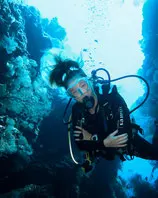
About the author – our GTS blogger Lauren
Lauren originally learned to dive in 2008, and her heart has been in the ocean ever since. In 2018 her sense of adventure and passion for the underwater world led her to Indonesia, where she completed her PADI Divemaster and Instructor qualifications. You can find her on Instagram @laurenelizabethexplores to follow where the currents take her next!

